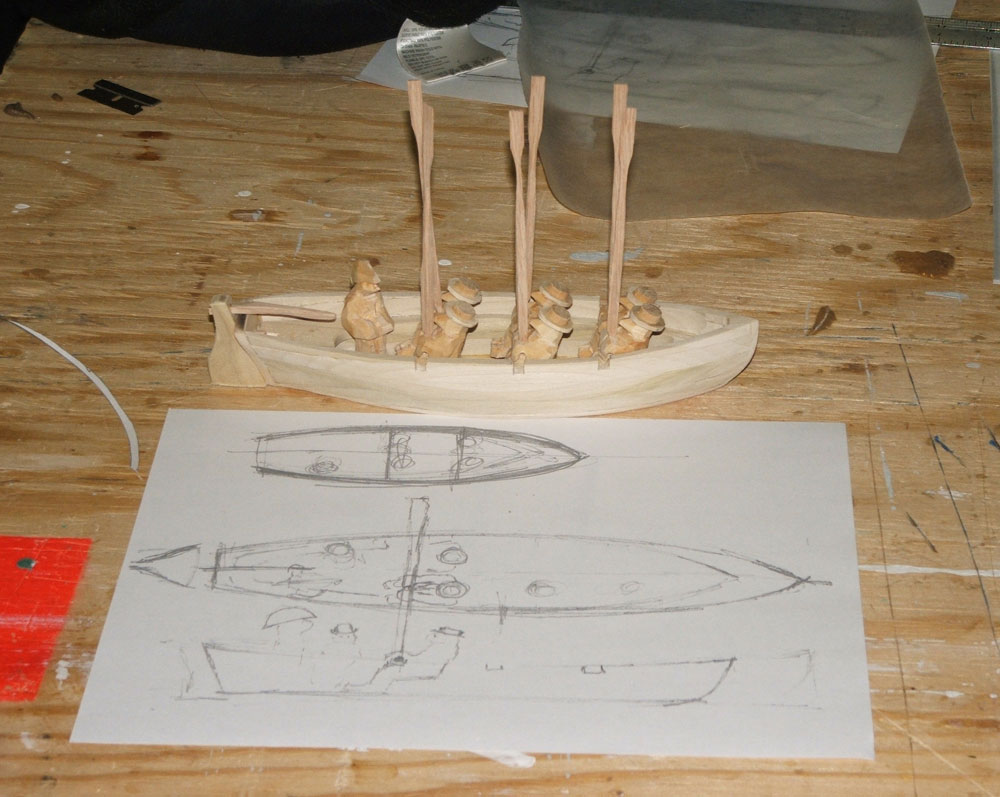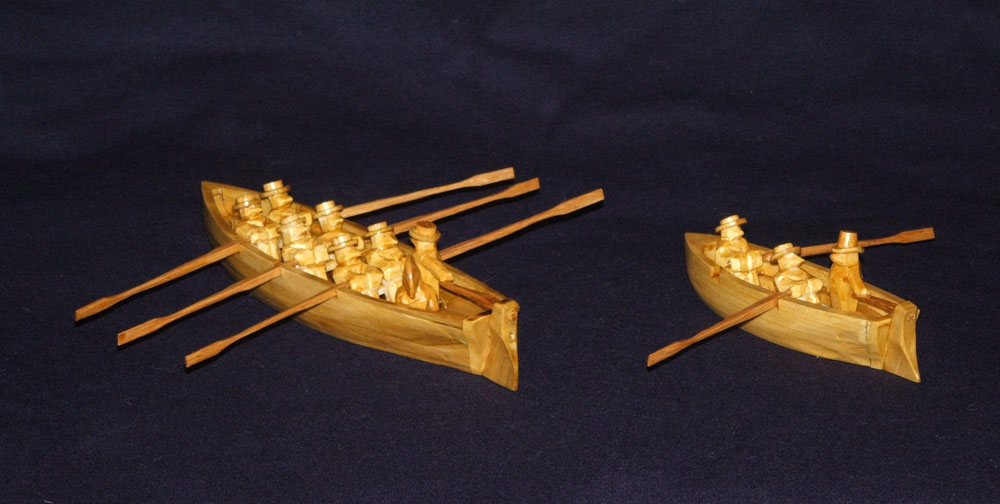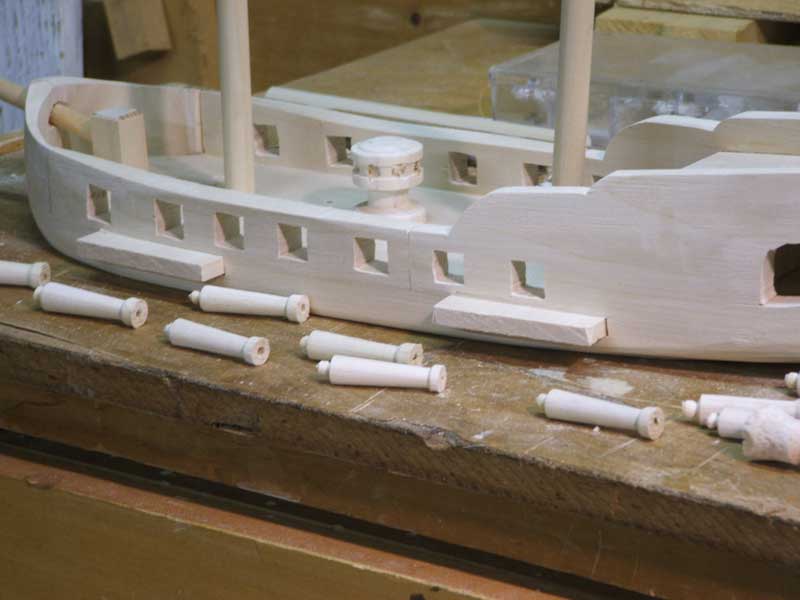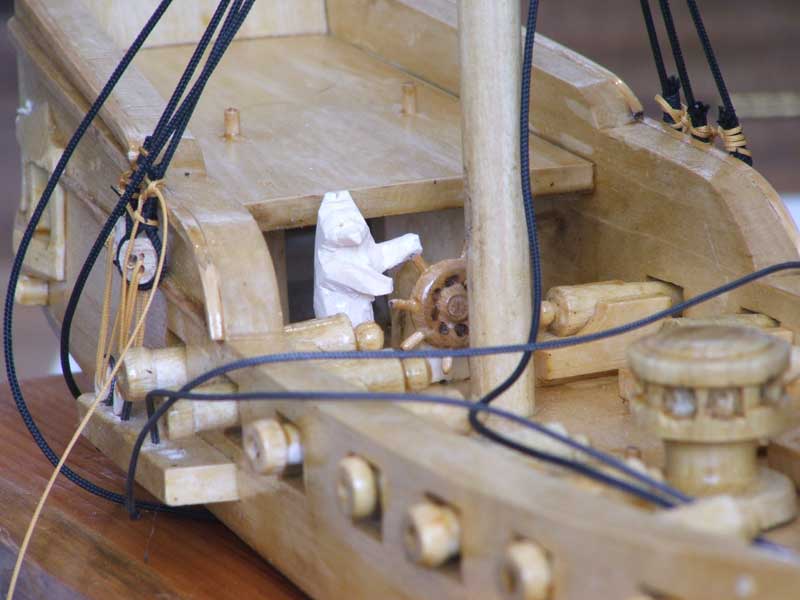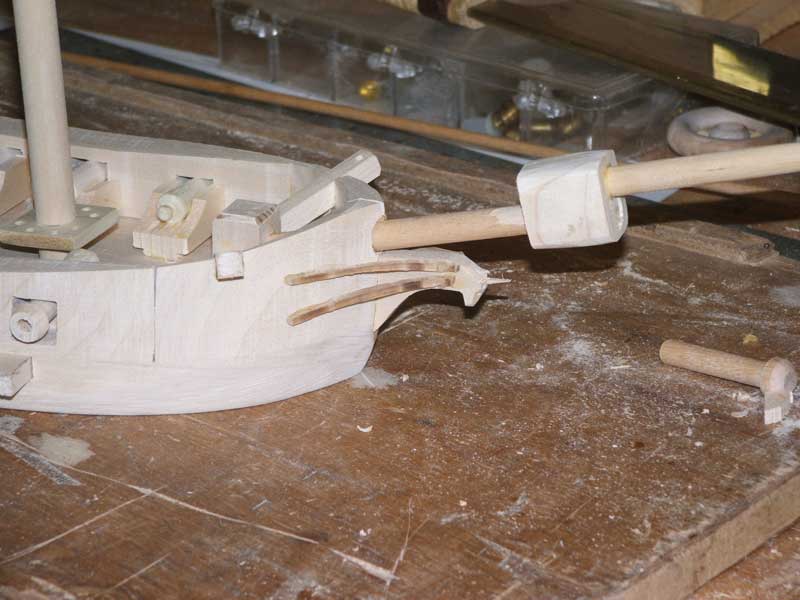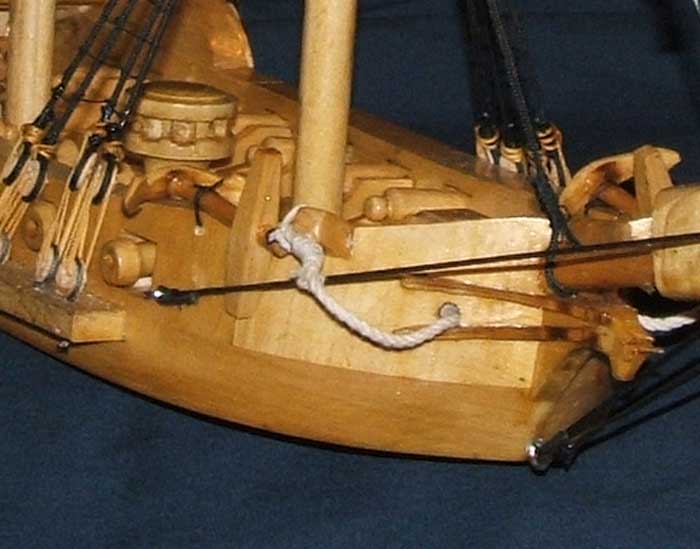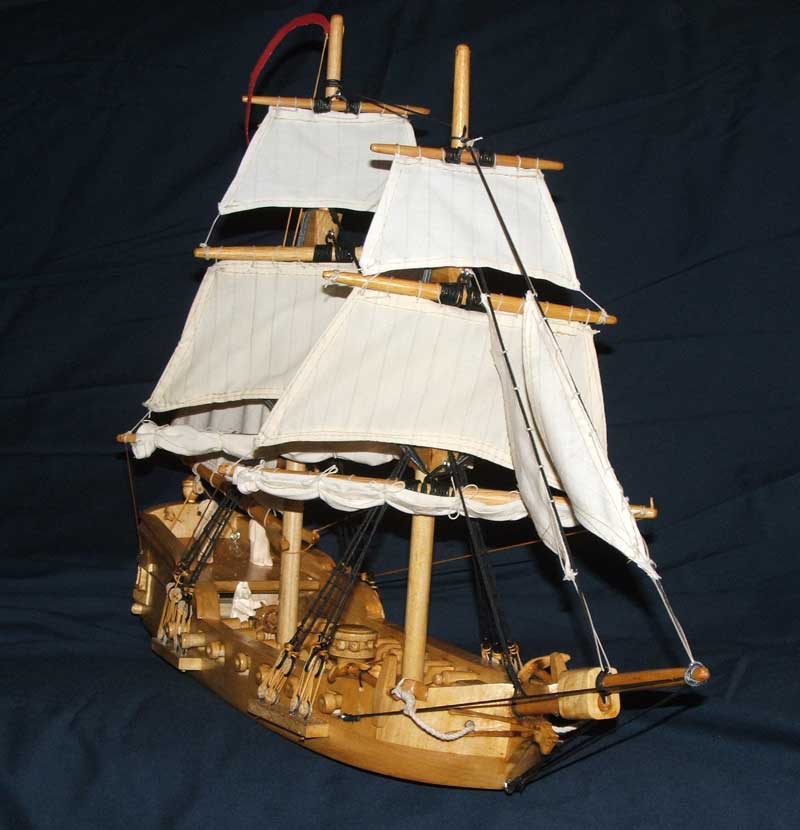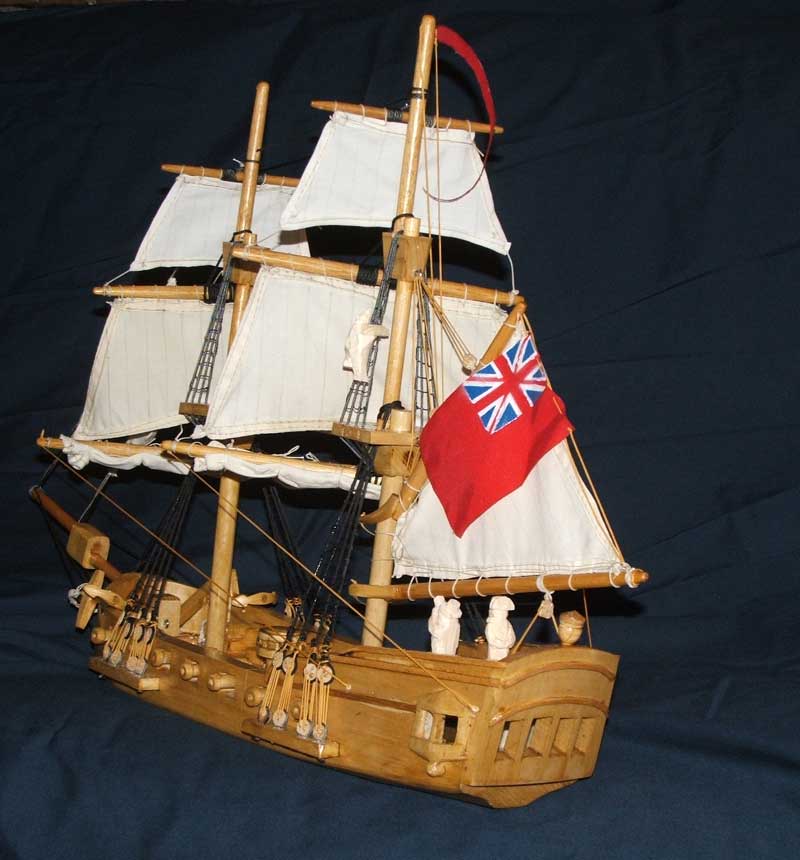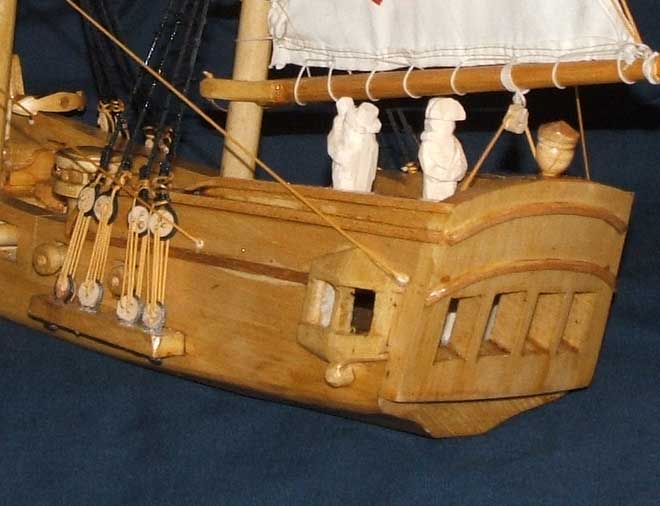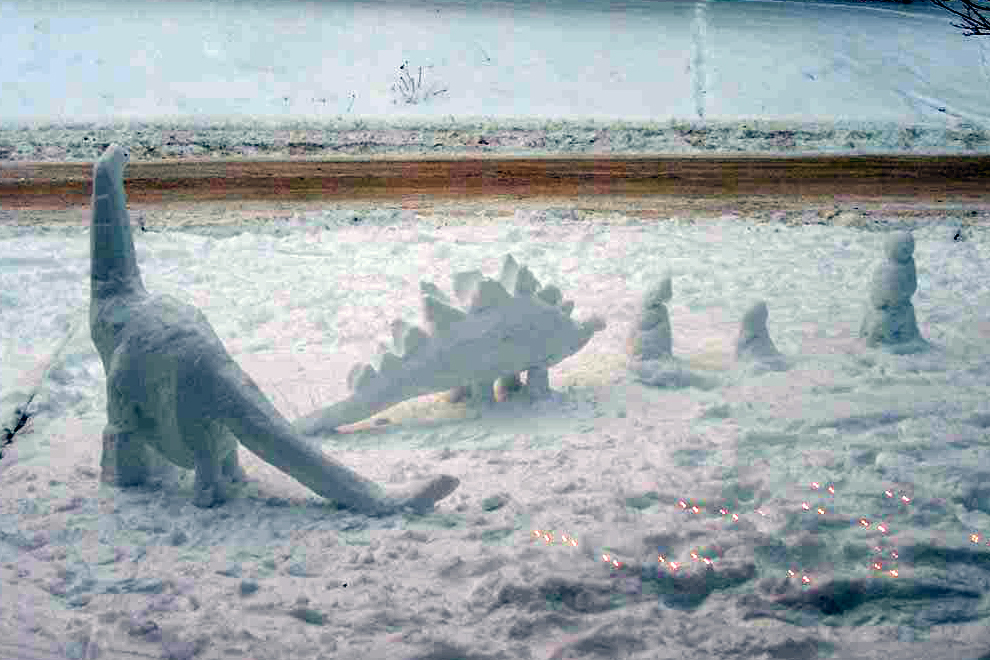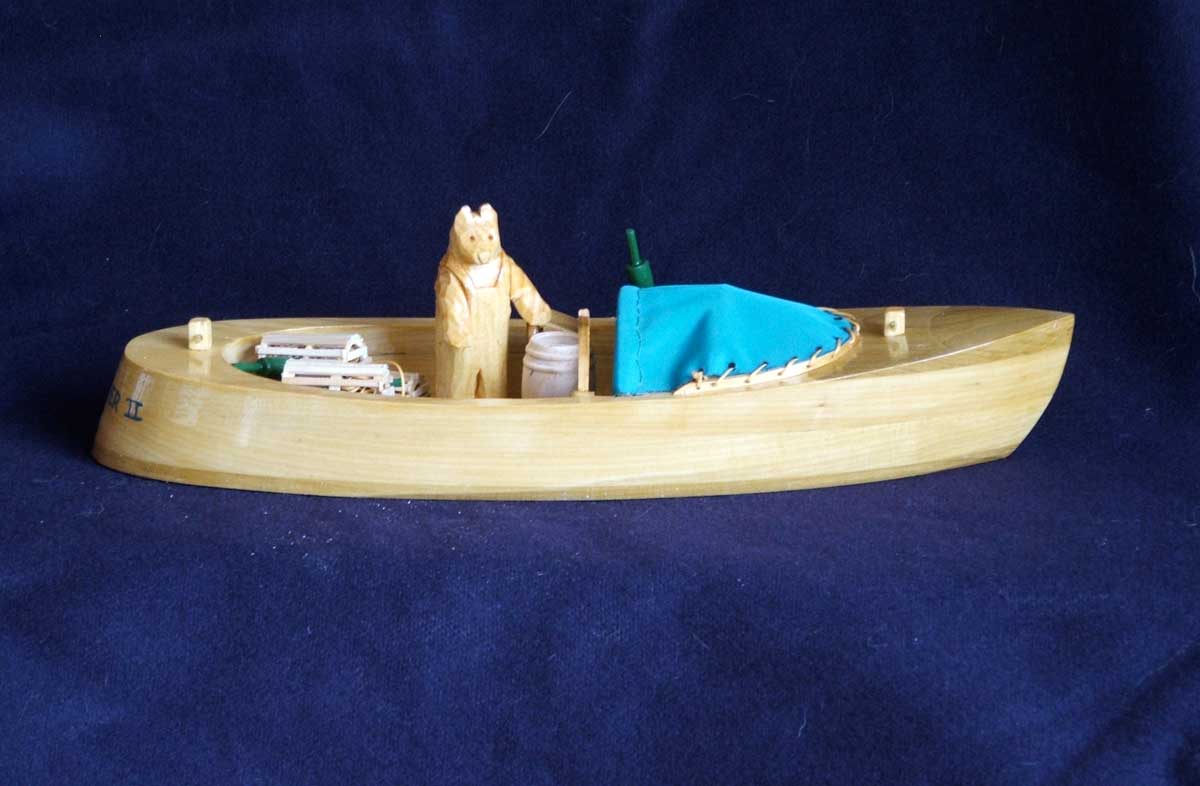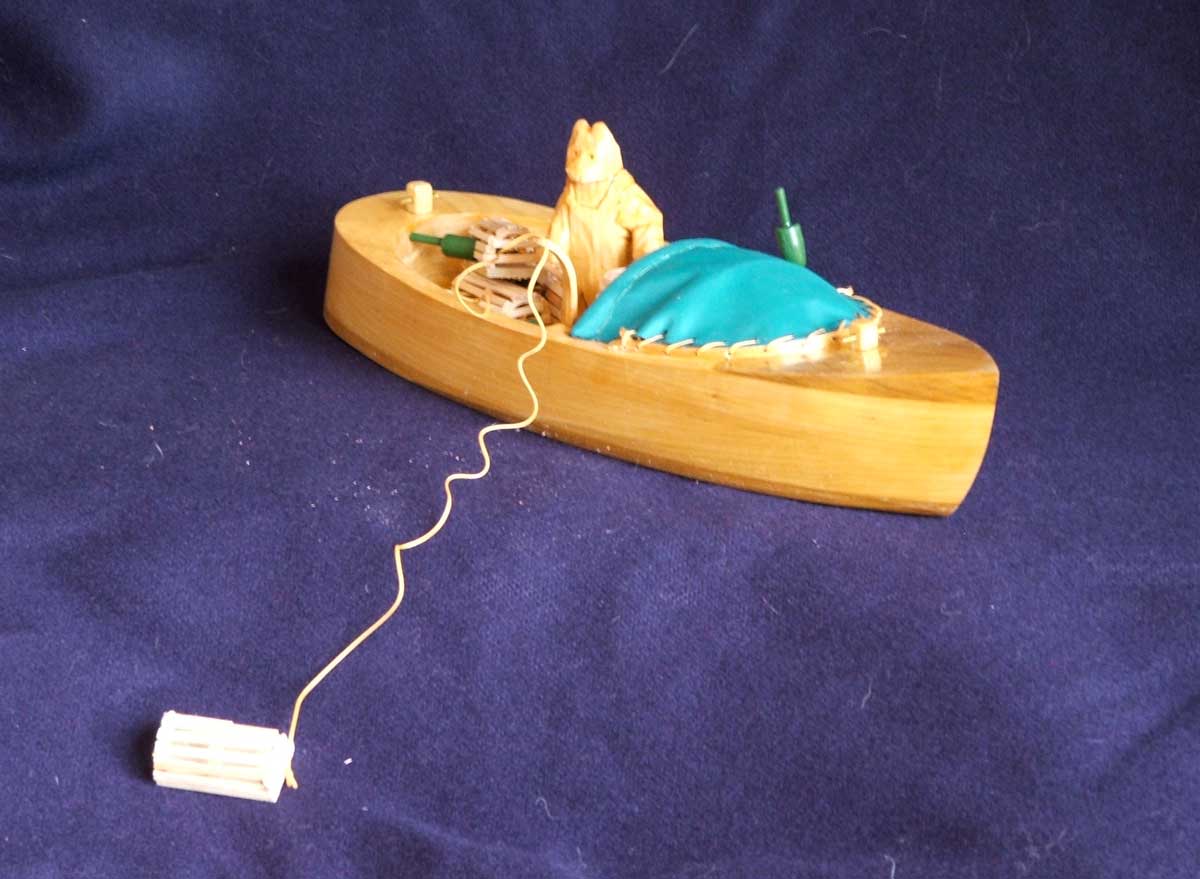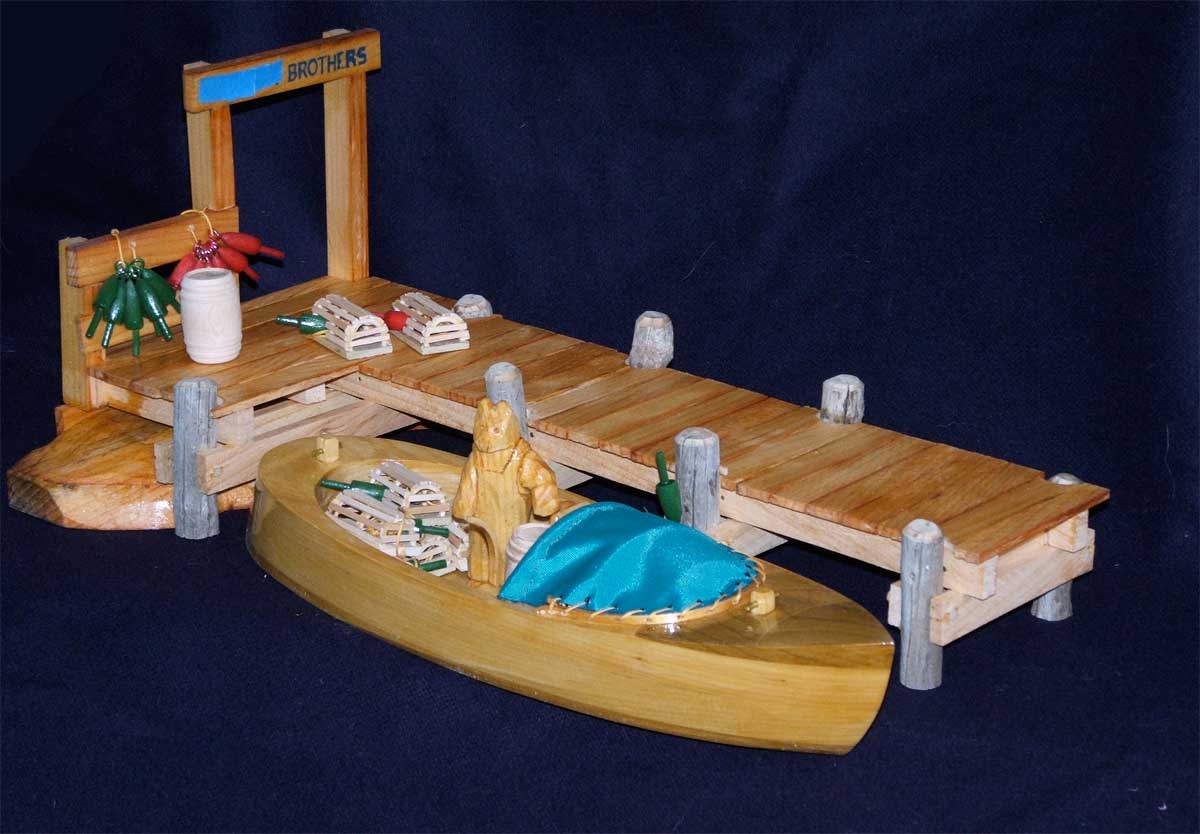Observations:
Before I continue with the building of mast and sail for our new Penny Fee, now called Fee-Fie, (the dinghy has become Foe-Fum), I wanted to record some observations on the performance of the boat thus far. We have had the boat in the water and have been using her for about three weeks. We have used the boat to ferry loads to and from the Friendship sloop, and have towed it to Rockland from Boothbay and back, and have basically rowed it around a bit. As of this weekend we have been sailing it too, but I will save my observations on sailing qualities for the end of this post.

Penny Fee: Fee-Fie
Towing:
The first surprise was how easily she tows behind the Friendship Sloop. She is heavier than our dingy, but she also has a much longer waterline and appears to sit high in the water when unloaded. She also tracks well, partly due to the longer waterline and partly due to the lap-strake construction. The result is a longer heavier boat that does not squat down in the water behind our sloop but that slips along with less resistance than I would have imagined. Part of our trip back from Rockland was in 5 to 8 foot seas with 15-25 knot winds. We found that in every condition except heavy following seas; this is a very well behaved boat. In following seas she tends to surf and surge and a long towline and a watchful crewmember to tend the towline is advisable.
Rowing:
We have noticed that when under oar power it is more comfortable to sit on a seat cushion that raises up the rower about 2 ½”. I don’t think that this is the result of the benches being placed low, either by the designer or in our construction, but rather that we deliberately raised the height of the oarlocks so that the oars would be less prone to rub on the fender of the boat. She does take more back power and a longer stroke than the dingy to propel, but she carries her way beautifully and once moving is easy to keep moving. The other aspect that will take some getting used to is that she rows a little easier with a load rather than without. This is both the opposite of our dinghy and is also a bit counter-intuitive.
Stability:
Another impressive feature is the stability of the boat, it has greater secondary stability than I would have imagined and, in some ways this drove us to make the sail because we wanted to see how she handled the pressure of the sail and how that effected the stability. We have experimented by having a helmsman stand in the back of the boat and steer with the rudder while the rower provides the power from the front bench. Our experience is that she provides a stable platform for the helmsman, to say nothing of the fact that it is just plain fun to stand in the back of the launch and con the boat.
Now on to the last pieces of construction:
The Mast:
I bought two pieces of 2”x 8” spruce stock that were not flawless but that had long, relatively clear sections in each. I got them at the local home center, total cost was about $20. I then ripped out the two best sections and using a dato-blade on the table saw cut a ¾” channel in each that started a bout a foot below the truck of the mast and ended about a foot above where deck level would be. Then the two halves were glued together giving me essentially a mast blank with a hollow core.

The two mast halves with dato ripped

The two mast halves glued together
When the glue was dry I cut a taper using the table saw so that I had a long, tapered, spar that was square in cross section. Next step, cut off the corners of the square so that the spar becomes eight sided, and then move to hand planes to make the mast round in section.

Mast with taper cut and corners cut off to make a long octagonal spar

Spars varnished and ready for hardware
The sprit is made of solid spruce about 1 ½” in diameter, shaped in the same way that the mast was shaped.
The mast has four, unfinished teak cleats; one each for halyard, brail, snotter, and downhaul. There are two heavy cleats set inside the gunwale, port and starboard aft, for the mainsheet. These too are made from unfinished teak. My experience has been that cleats do not hold finish, due to lines running around them, they are also a pain to keep finished. Raw teak weathers well and always looks pretty good without much care.

Cleats on the mast
Building the sail:
We used as a reference the excellent Sailmaker’s Apprentice, although sailmaking is not new for either me, or the woman who will willingly get up in the middle of the night and stand an anchor watch. It is also worth noting that first, the sprit sail is one of the easier and more forgiving sails to make, and second that we are using canvas that we were given free, so, in many ways this is a prototype sail and we might make a more durable version once we have learned all we can from the performance of this canvas model. On the other hand if this sail works, why fix it?
The sail is made of four panels and will take its shape partly from the cut of these panels (particularly the two closest to the mast) and partly to a slight curve built into the luff of the sail. A bolt-rope is hand stitched along the head, luff and foot of the sail to help minimize the stretch in these sections of the sail. We used 3/8” brass grommets for the reef points and the robands on the luff of the sail, and the brail-line grommet in the leach of the sail. The rest of the sail hardware is sewn in by hand. The thimbles and metal rings are all solid brass.
The building process:
One thing we did that made the whole sailmaking process much easier was to recycle the boatbuilding table and use it as a sailmaking table. All we did was cut the table in half into two eight-foot sections. This allowed us to either push the sections together and make one long table to lay out panels and pin seams and that kind of thing, or we could pull the two apart and put the sewing machine in between them and pass the sail from one surface to the other over the sewing machine table. If we were making a larger sail I would have raise the levels of the tales to the same level as the sewing machine table, but with a sail that is only 85 square feet it seemed unnecessary.

Work table with sewing machine in the middle, sail in the foreground
The sail took about two weeks to build working in the evenings and in what free time we have, but I would not want to be misleading about this. As I said before both the woman who will willingly get up in the middle of the night and stand an anchor watch, and I have sailmaking experience, added to which I have a fairly comprehensive collection of sailmaking tools and supplies on hand. It would be a different story if we were having to figure out each step from scratch and then purchase the appropriate tools, materials and hardware. As it was there where plenty of choices to make regarding where to put in grommets, cringles, and thimbles.

Details of the sail showing the hand-sewn hardware at the clew and head
Anyway the finished sail looked great, the question was how would it perform in collaboration with the Penny Fee? The short answer is: far better than I expected.

Penny Fee under sail

This shot shows the boat well

Sailing in light air
There is a tendency to make leeway with very light air, but that disappears when there is any real wind. The boat points higher than I thought it would and virtually flies downwind. Beam reaching it is remarkably stable. The other factor that I love about this rig is how easy it is to haul on the brailing line and collapse the sail and sprit against the mast. It was really fun to sail right up alongside the Friendship sloop, touch the side, and collapse the rig by pulling on one line.

Sail brailed up against the mast
The two aspects of the rig that I question at this point have to do with the mast and the foot of the sail. I went to great effort (explained above) to make the mast hollow and light, it now appears that that was not necessary and that it may in fact be a weakness, because the mast does flex alarmingly in strong gusts. However, if the mast breaks it will be easy and inexpensive to replace. My concern about the foot of the sail is simply that now that we have seen the sail and how it takes shape in the wind, I think we could have easily added twelve to fourteen inches of length to the foot of the sail and gotten her to round up a little faster when tacking.
In both these cases, however, I am splitting hairs and speculating. The factual evidence that we have so far is that this is an easy rig to sail, to break down and set up. It brails quickly so that if the wind dies you can row without taking down the rig, and you can dowse the sail quickly when coming alongside. In short, it is everything we had hoped for and we had a fantastic fun day testing it out.

Really fun to sail
If you would like to read all the posts related to this project together, go to the category at the right called “Penny Fee” and click on it. It will pull all the posts on the penny fee onto one page for you.




 Last Climb of Kate Matrosova.
Last Climb of Kate Matrosova.

